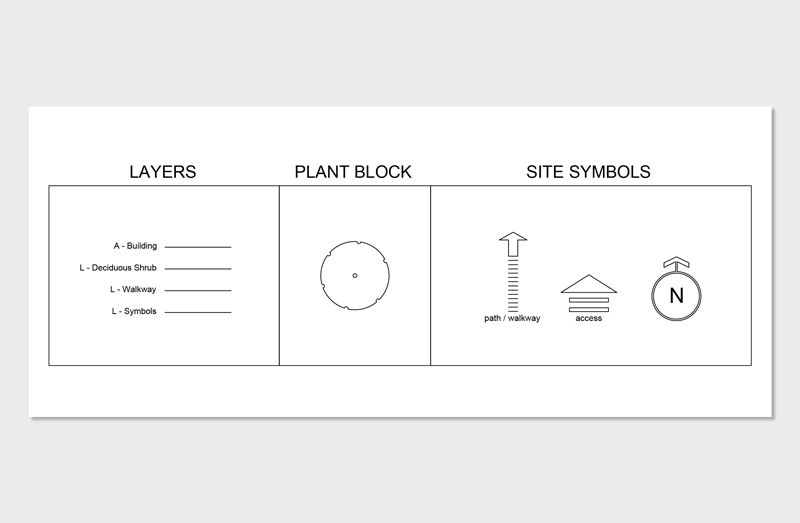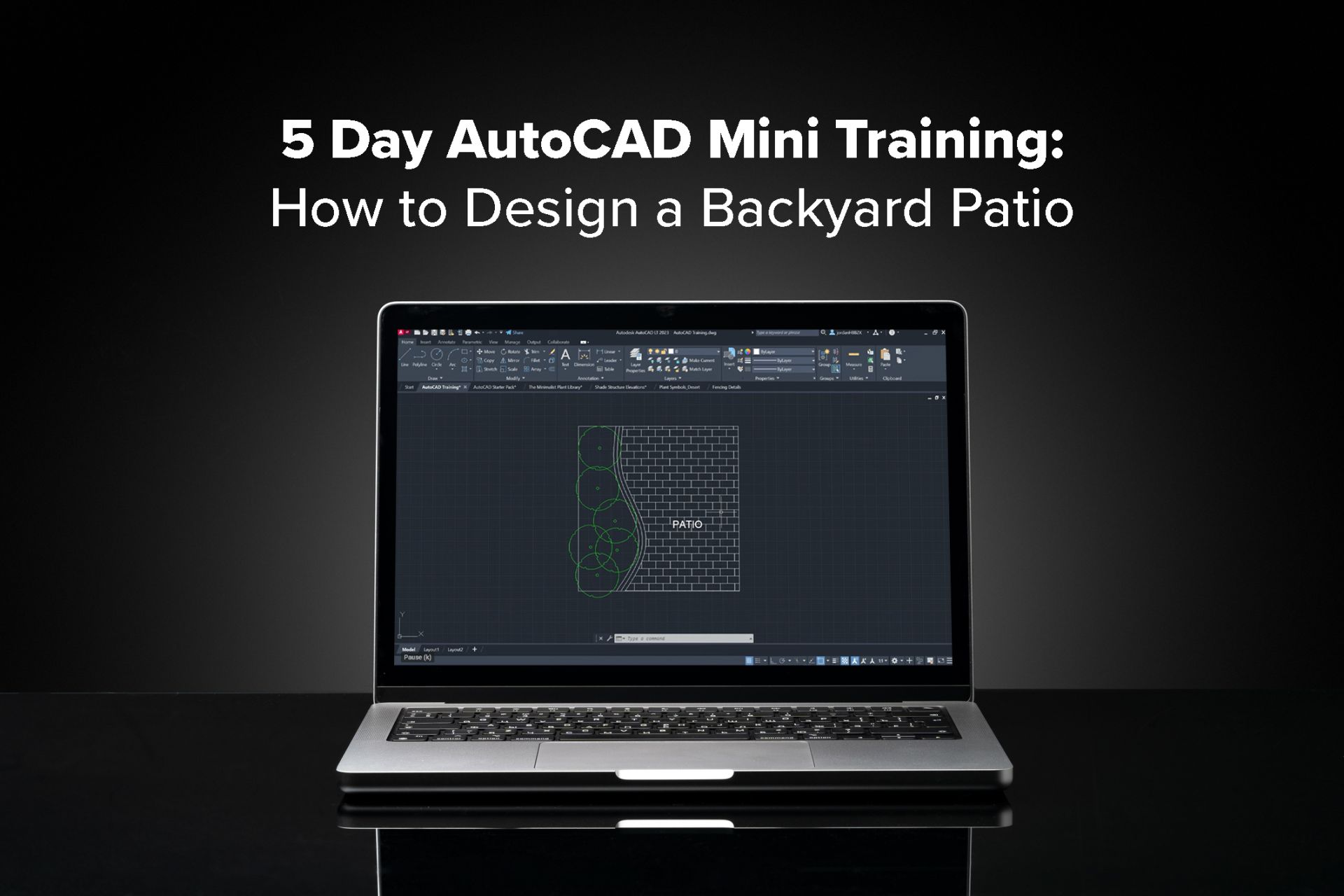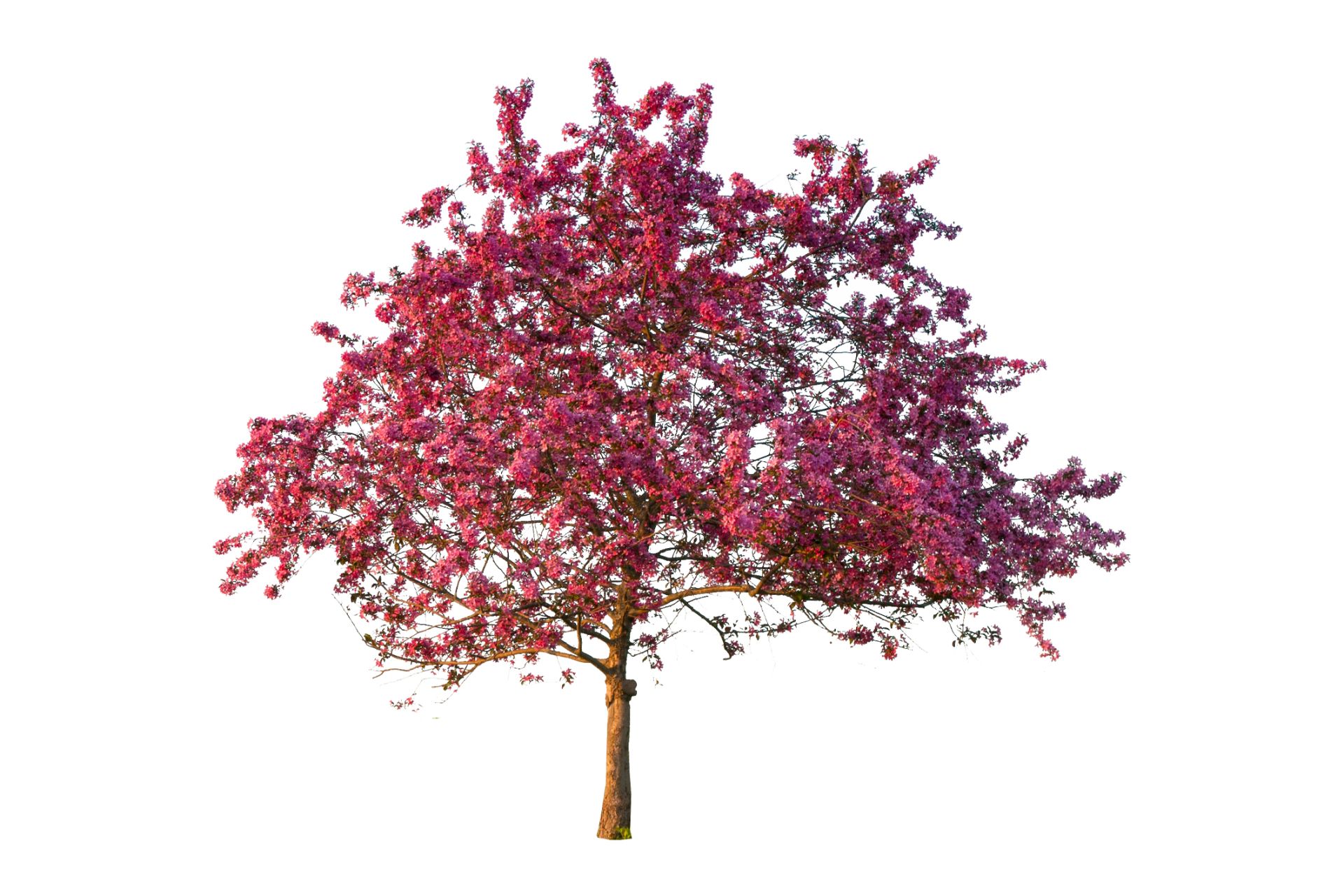Sep 23 • Jordan Felber
Best Online Landscape Design Courses for Professionals in 2026
Related — The Ultimate Online Course Bundle

Best online landscape design courses give professionals the skills to stay competitive in a fast-changing industry where digital tools are now essential. Whether it’s mastering 2D drafting, exploring 3D modeling, or producing polished client presentations, having the right training is no longer optional — it’s what sets top designers apart.
The challenge, however, is that most online tutorials are built for architects or engineers, leaving landscape designers struggling to adapt workflows that don’t fully align with their needs. That’s why specialized courses focused on landscape design make such a difference.
In this article, we’ll highlight some of the best online landscape design courses available in 2025 and 2026, covering each stage of the design process — from fundamentals to drafting, modeling, and professional presentations.
The challenge, however, is that most online tutorials are built for architects or engineers, leaving landscape designers struggling to adapt workflows that don’t fully align with their needs. That’s why specialized courses focused on landscape design make such a difference.
In this article, we’ll highlight some of the best online landscape design courses available in 2025 and 2026, covering each stage of the design process — from fundamentals to drafting, modeling, and professional presentations.
Why Online Courses Matter for Landscape Designers
Traditional design training often focuses heavily on architecture and engineering. While valuable, it rarely addresses the day-to-day realities of landscape practice: integrating planting plans, grading, hardscape layouts, and presentation drawings into one cohesive workflow.
That’s where online courses come in. Self-paced, flexible, and industry-specific, they allow busy professionals to:
That’s where online courses come in. Self-paced, flexible, and industry-specific, they allow busy professionals to:
- Build new skills without disrupting client work.
- Stay competitive with cutting-edge software workflows.
- Access training that speaks directly to landscape challenges — not just building design.
Whether you’re looking to streamline technical documentation or elevate your renderings, the right online course can transform the way you practice.
Best Online Landscape Design Courses for 2026
Finding the best online landscape design courses can be overwhelming, especially with so many generic options not built for professional workflows. The right course should give you practical skills you can apply immediately — from precise 2D drafting to 3D modeling and polished presentations. Below, we’ve curated the top courses that guide you through every stage of the design process.
1. AutoCAD for Landscape Design — Mastering 2D Drafting
If landscape design is a language, then AutoCAD is its alphabet. It’s the foundation for creating clear, precise, and buildable 2D drawings. Yet many professionals feel overwhelmed when first opening the software. Generic tutorials leave landscape designers trying to adapt workflows meant for architects or engineers, leading to scaling errors, disorganized layers, or unclear plans.
Our AutoCAD for Landscape Design Course was created to solve exactly this problem. Instead of teaching you every command under the sun, it focuses on the tools that matter most for landscape plans:
Our AutoCAD for Landscape Design Course was created to solve exactly this problem. Instead of teaching you every command under the sun, it focuses on the tools that matter most for landscape plans:
- Setting up drawings correctly from the start.
- Using layers, blocks, and hatches tailored to outdoor environments.
- Importing plats of survey and ensuring accurate scaling.
- Building a reusable CAD library of plant symbols and hardscape details.
By the end of the course, you’ll have a streamlined workflow that makes 2D designing faster, more accurate, and far less frustrating. For professionals who want to stop wasting time on trial and error, this course is an essential step.
Empty space, drag to resize
2. Rhino 3D for Landscape Design — Modeling & Renderings
While AutoCAD is the backbone of 2D drafting, Rhino 3D unlocks the power of 3D modeling. Today’s clients expect to see how their outdoor spaces will look before construction begins, and Rhino provides the flexibility to model everything from complex topography to custom site furniture.
But the real value comes when you combine Rhino with rendering tools. Suddenly, your design isn’t just lines on paper — it’s a lifelike visualization that communicates intention, materiality, and atmosphere.
Our Rhino 3D for Landscape Design Course walks you through this process step by step:
But the real value comes when you combine Rhino with rendering tools. Suddenly, your design isn’t just lines on paper — it’s a lifelike visualization that communicates intention, materiality, and atmosphere.
Our Rhino 3D for Landscape Design Course walks you through this process step by step:
- Moving efficiently from 2D CAD drawings into 3D models.
- Modeling organic forms such as terrain, water features, and planting beds.
- Preparing files for photorealistic renderings that impress clients and win approvals.
For professionals looking to differentiate themselves, 3D visualization has become a must-have skill. This course provides a clear, landscape-specific path into a tool that many offices now consider indispensable.
Empty space, drag to resize
3. Adobe InDesign for Landscape Design — Presentation Graphics
Even the best design work can fall flat if it isn’t presented well. Clients don’t just buy a plan; they buy into a vision. That’s why polished presentation materials can make the difference between an approved project and endless revisions.
Adobe InDesign is the industry standard for creating beautiful layouts, portfolios, and client deliverables. But many landscape designers never learn how to harness its power.
Our Adobe InDesign Course for Landscape Design focuses on the essentials for professionals:
Adobe InDesign is the industry standard for creating beautiful layouts, portfolios, and client deliverables. But many landscape designers never learn how to harness its power.
Our Adobe InDesign Course for Landscape Design focuses on the essentials for professionals:
- Creating compelling layouts for client reports and proposals.
- Using grids, typography, and color palettes that elevate your brand.
- Streamlining workflow by linking drawings, renderings, and images.
- Assembling polished presentations that communicate clearly and persuasively.
If AutoCAD and Rhino are the technical tools, InDesign is the communication tool. It ensures that your hard work isn’t just understood — it’s remembered.
Empty space, drag to resize
4. Landscape Design 101 — Fundamentals for Professionals
Technology is critical, but fundamentals will always be the backbone of design. Even seasoned professionals benefit from revisiting the principles that guide great landscapes: site analysis, spatial composition, planting design, and the balance between function and aesthetics.
Our Landscape Design 101 Course offers that foundation. It’s designed for both beginners and professionals who want to strengthen their fundamentals while building confidence.
Topics include:
Our Landscape Design 101 Course offers that foundation. It’s designed for both beginners and professionals who want to strengthen their fundamentals while building confidence.
Topics include:
- Understanding site conditions and constraints.
- Designing outdoor spaces for flow, comfort, and usability.
- Planting strategies that integrate ecology and beauty.
- Layering hardscape and softscape elements into cohesive designs.
For new designers, it’s the perfect entry point. For experienced ones, it’s a way to refine core principles and ensure projects stand the test of time.
A Complete Learning Path for Professionals
What makes these courses powerful is how they build upon each other.
Instead of scattered tutorials, they create a full professional learning path:
Instead of scattered tutorials, they create a full professional learning path:
- Start with fundamentals in Landscape Design 101
- Master professional-grade drafting with AutoCAD for Landscape Design.
- Elevate your services with 3D modeling in Rhino 3D.
- Deliver polished presentations using Adobe InDesign.
Together, these courses cover every stage of the design process. Whether you’re working independently or in a large firm, you’ll have the skills to handle projects from concept to client approval.
Choosing the Right Course for Your Career Goals
Not every designer needs to take every course at once.
The best choice depends on your current role and future ambitions:
The best choice depends on your current role and future ambitions:
- Drafting-focused professionals: Start with AutoCAD to gain speed and accuracy.
- Client-focused designers: InDesign will immediately improve your presentations.
- Visualization specialists: Rhino unlocks high-end 3D services.
- New or transitioning professionals: Landscape Design 101 provides the solid foundation.
The key is to identify your bottleneck — whether it’s drafting, modeling, or communication — and then invest in the course that solves it first.
FAQs About Online Landscape Design Courses
Where to find landscape design courses online?
You can find landscape design courses online through specialized platforms like The Landscape Library Academy, which focuses specifically on tools and workflows for professionals. Other options include general platforms such as Coursera, LinkedIn Learning, and Udemy, but these often provide broader design training not tailored to landscape workflows. For the most relevant, industry-specific education, look for courses created by and for landscape designers.
What to look for in a landscape design course online?
The best online landscape design courses are:
- Tailored to landscape professionals (not just architects or engineers).
- Cover real-world workflows including site analysis, 2D drafting, 3D modeling, and client presentations.
- Provide lifetime access and resources, like CAD libraries and templates.
- Teach software widely used in the profession, such as AutoCAD, Rhino, and Adobe InDesign.
What landscape design course should I take?
The right course depends on your current goals:
- If you want to draft accurate 2D plans, start with AutoCAD for Landscape Design.
- If you need 3D modeling and renderings, take Rhino 3D for Landscape Design.
- If presentations are your weak spot, choose Adobe InDesign for Landscape Design.
- If you’re new or need a refresher, begin with Landscape Design 101.
For a complete professional path, many designers take all four in sequence — covering fundamentals, 2D drafting, 3D visualization, and polished presentations.

The Landscape Library Academy is an online platform teaching landscape professionals, students, homeowners and enthusiasts how to design landscapes and master software for the field.
The Landscape Library Academy is the education division of The Landscape Library.
Click here to visit TheLandscapeLibrary.com for media including education articles, projects features and more.
The Landscape Library Academy is the education division of The Landscape Library.
Click here to visit TheLandscapeLibrary.com for media including education articles, projects features and more.
Copyright © 2025




